Deck & Commander Strategies
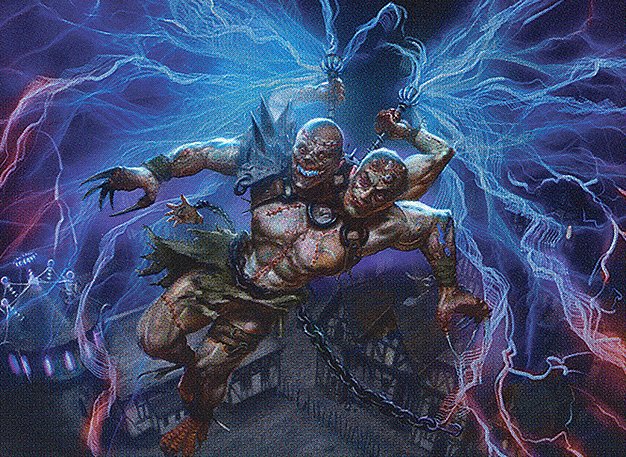

Kraum, Ludevic's Opus & Ravos, Soultender
Generate tokens from noncreature spells and sacrifice them to create incremental drain damage and card advantage, leveraging aristocrats synergies.
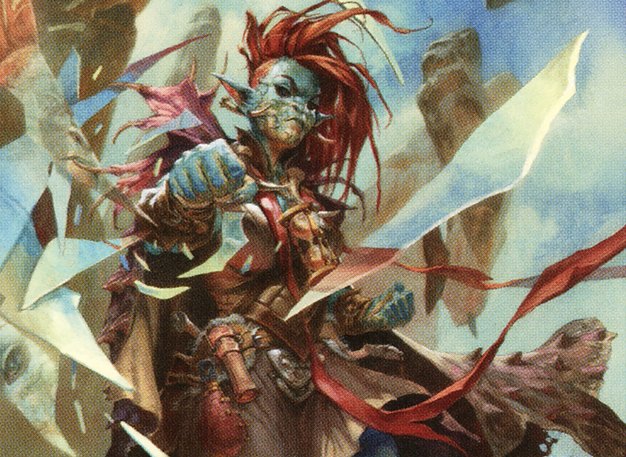
Obeka, Brute Chronologist
Manipulate turn structure to gain extra turns or skip opponent turns, while deploying cheap creatures and spells for tempo and value.
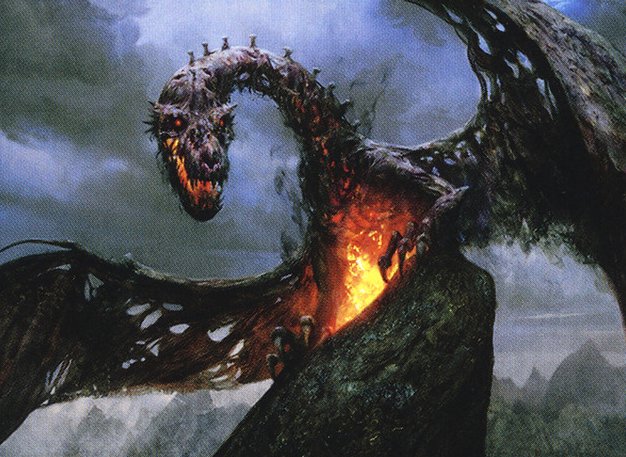
Bladewing the Risen
Utilize reanimation and cheat-into-play effects to swarm the board with dragons, triggering Dragon Tempest for haste and damage to close out the game quickly.

Araumi of the Dead Tide
Use reanimation and Encore to create multiple copies of creatures with strong ETB effects, controlling the board and filling graveyards for synergistic payoffs.
Gameplay Insights
- 1
Carlos prioritized casting noncreature spells to generate tokens and immediately sacrificing them for incremental life drain, leveraging synergy between Pitiless Plunderer and aristocrats payoffs.
- 2
Spencer's use of Monastery Mentor combined with Thousand-Year Elixir allowed him to produce multiple prowess tokens and repeatedly untap creatures, maximizing combat and spell triggers.
- 3
John’s timely casting of Dragon Tempest and deploying large dragons with haste via Bladewing's reanimation forced opponents to deal with immediate and continuous damage output.
- 4
Bryce’s activation of Araumi to exile multiple lands and create three copies of Flushbag Marauder triggered a mass sacrifice, significantly impacting board presence and timing.
- 5
Puzzle Box was a pivotal card disrupting normal draw sequences, forcing players to discard and draw multiple cards, which influenced hand management and tempo.
- 6
Sundial of the Infinite was used to lock phases or prevent triggered abilities from occurring, adding a layer of control over game flow.
Notable Cards
-

Skullclamp
-
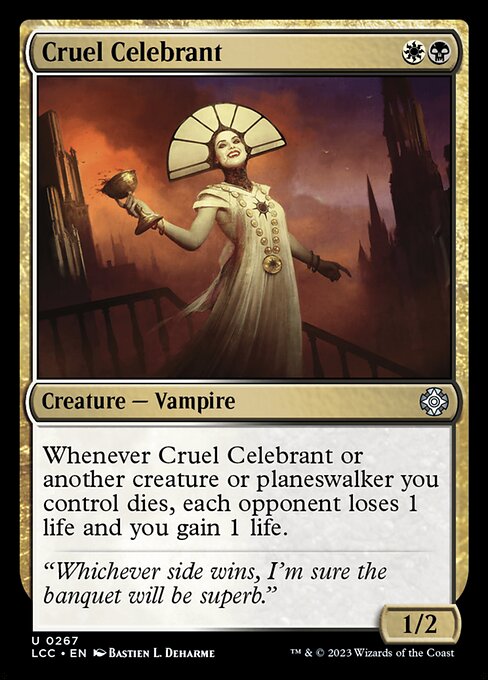
Cruel Celebrant
-
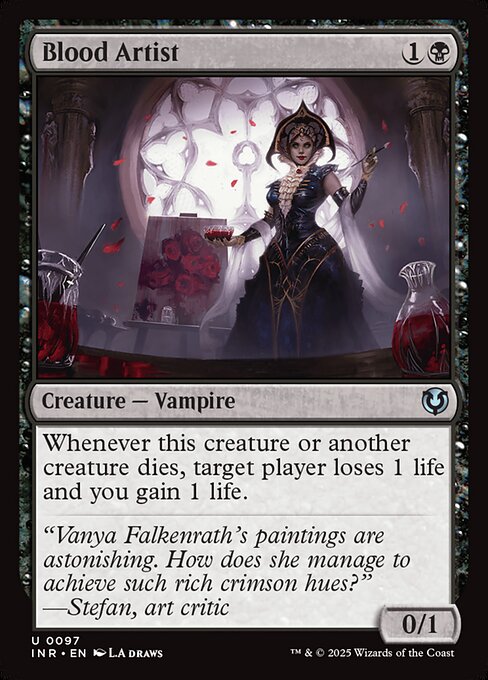
Blood Artist
-

Dragon Tempest
-
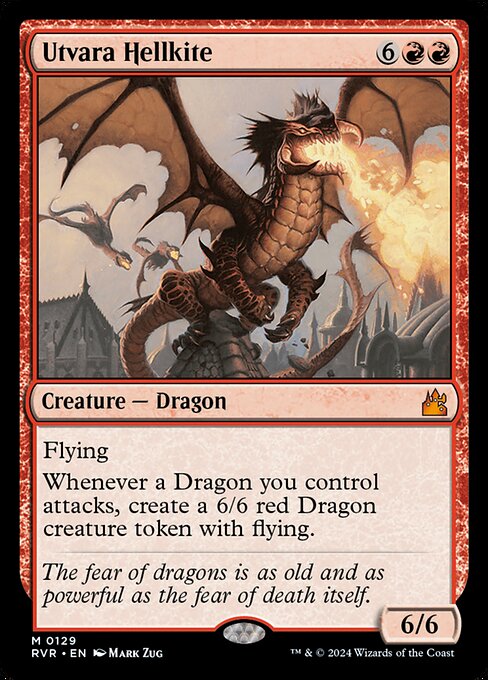
Utvara Hellkite
-
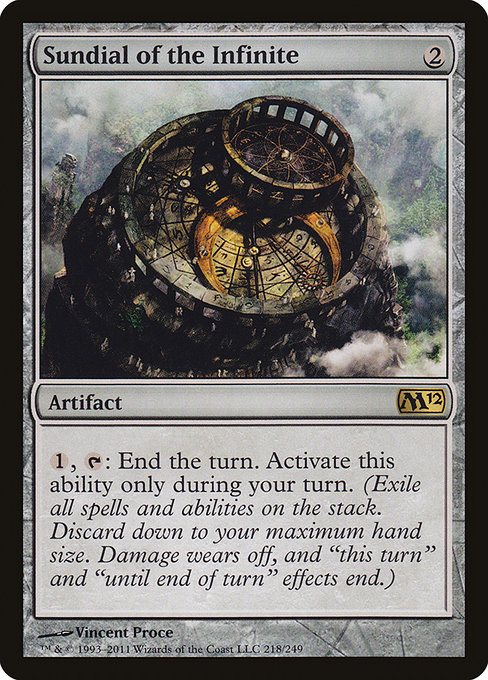
Sundial of the Infinite
-

Thousand-Year Elixir
-

Monastery Mentor
Gameplay Summary
The game featured four players piloting distinct decks: a token aristocrats deck with Kraum and Ravos, a turn-manipulation deck with Obeka, a dragon tribal reanimator deck with Bladewing the Risen, and a reanimation-focused Dimir deck with Araumi of the Dead Tide.
Early turns saw each player developing their board with ramp and key creatures.
Carlos’s token deck aimed to generate value by producing tokens on noncreature spells and sacrificing them for incremental drain effects with cards like Cruel Celebrant and Blood Artist.
Spencer’s Obeka deck sought to extend turns and maximize value from cheap creatures and spells.
John’s Bladewing deck utilized reanimation and cheat-into-play effects to rapidly deploy dragons and leverage Dragon Tempest for damage and haste triggers, while Bryce’s Araumi deck leveraged Encore to create multiple copies of ETB creatures for incremental advantage. Key turning points included Carlos’s token generation paired with sacrifice outlets to drain opponents, Spencer establishing multiple prowess and tempo creatures via Monastery Mentor and Thousand-Year Elixir, and John successfully casting large flying dragons with haste and damage triggers for board pressure.
Bryce’s use of Araumi’s ability to exile multiple lands and generate token copies forced a mass sacrifice, influencing board state significantly.
Puzzle Box and Sundial of the Infinite also played roles in manipulating draws and phases.
The game’s win condition revolved around incremental value and drain from tokens and creatures, combined with explosive dragon damage and reanimation synergy to overwhelm opponents.
The interplay between board wipes, repeated enter-the-battlefield triggers, and tempo manipulation shaped the evolving board state.




































![Commander VS S6E5: Sidar Kondo/Thrasios vs Ravos/Vial Smasher vs Tymna/Tana vs Ludevic/Kraum [MTG] thumbnail](https://i.ytimg.com/vi/LynU4jB9XLA/sddefault.jpg)
![Commander VS S13E4: Selvala vs Rubinia vs Ravos vs Adeliz [EDH] thumbnail](https://i.ytimg.com/vi/hMy8HpS8usI/sddefault.jpg)











